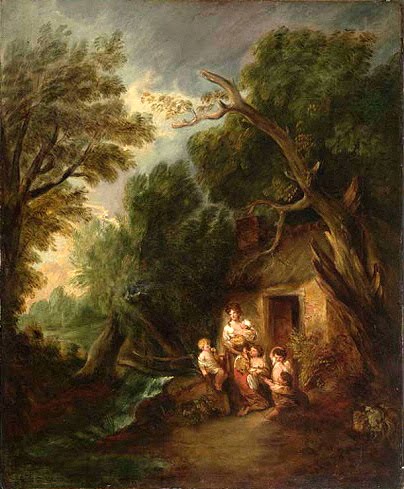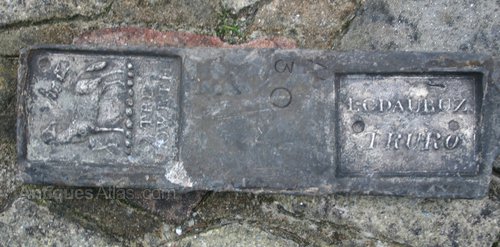

Tin Ingot From
Treloweth Tin Smelting Works With Its Lamb & Flag
Motif & Louis Charles Daubuz Truro Seal, recovered
from the SS Cheerful which Sank on July 20th
1885.
The Daubuz squires of Killiow were part of the tin-smelting cartel in Truro and must have earned a good income from that.

Killiow House
